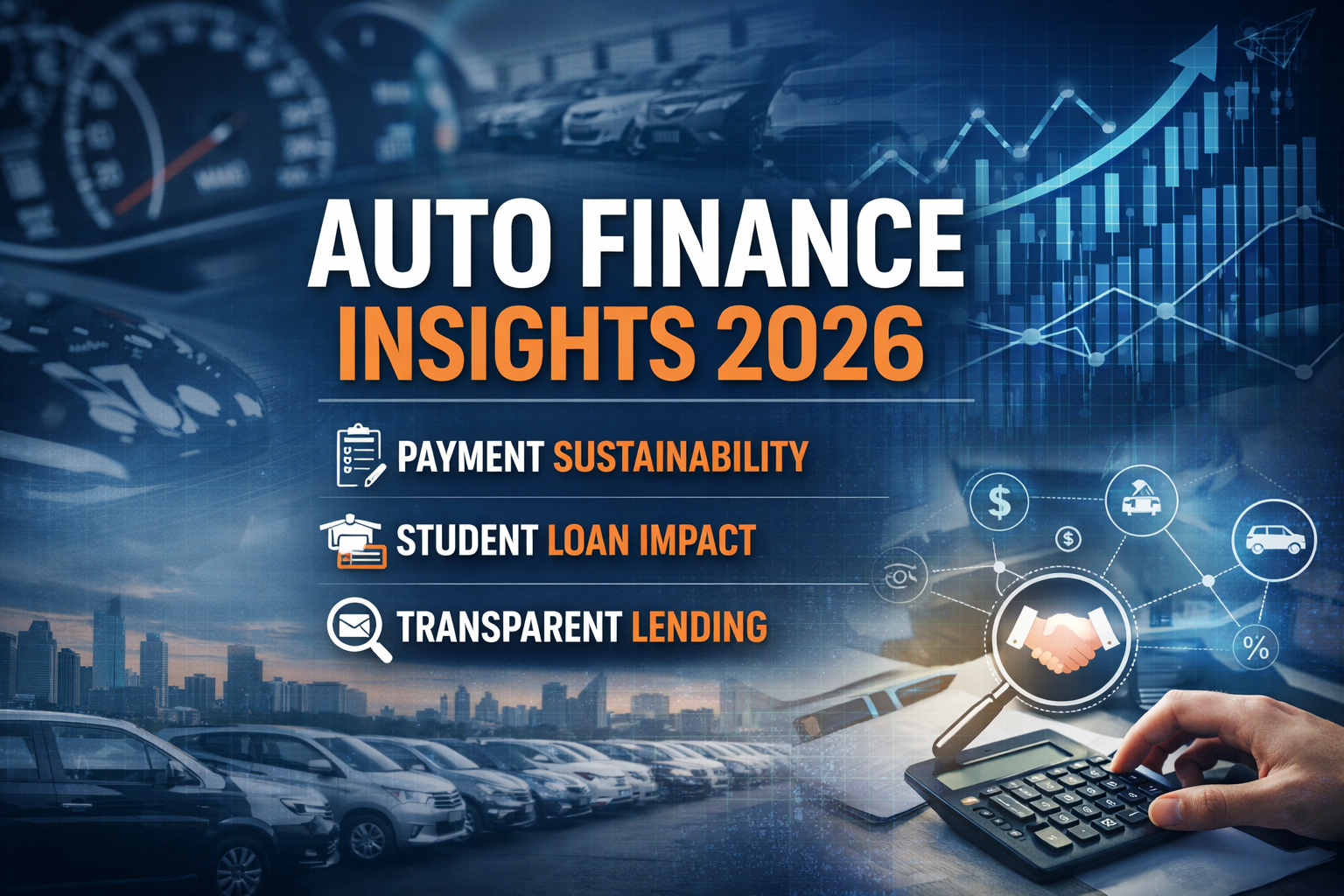In the world of subprime auto finance, history has a way of repeating itself. The latest report from S&P Global Ratings reveals a familiar pattern of rapid growth followed by performance deterioration within subprime auto finance asset-backed securities (ABS). This cyclical nature of the market is not new to seasoned professionals, but the current data highlights key trends that could shape the industry’s future.
Key Findings from S&P Global Ratings
- Growth and Deterioration Cycle: From 2019 to 2022, subprime managed portfolios grew at an annual compound rate of 10%. However, by 2022, losses and delinquencies began to rise sharply. This pattern mirrors previous cycles, such as the rapid expansion from 2012 to 2015, followed by peak delinquencies and losses in 2016.
- Current Performance Metrics: By the end of 2023, 31-plus-day delinquencies reached a record high of 13.65%, while net losses soared to 8.93%, levels not seen since 2016. The inflation-driven affordability challenges and normalization of recovery values have contributed to this decline in performance.
- Tightening of Credit Standards: In response to the weaker performance, lenders have tightened their underwriting standards, leading to slower portfolio growth. S&P Global Ratings noted that this tightening began in mid-2022, similar to what occurred in the mid-2010s when lenders shifted their focus from quantity to quality.
Historical Parallels
S&P Global Ratings draws a parallel between the current market dynamics and the period from 2012 to 2015. During that time, rapid growth in subprime portfolios led to peak losses and delinquencies in 2016. Lenders responded by scaling back origination volumes, which eventually resulted in improved performance metrics in the following years. This historical pattern suggests that the current tightening of credit standards could lead to similar improvements in the near future.
For example, major players like Santander Consumer USA and Exeter Finance reduced their portfolio sizes in 2016 and 2017, which subsequently led to lower losses. The report suggests that if history repeats itself, the industry may see reduced delinquencies and losses as lenders focus on higher-quality loans.
Implications for the Subprime Auto Finance Market
The data and trends highlighted by S&P Global Ratings indicate that the subprime auto finance market is entering a period of adjustment. While the rapid growth of recent years has brought challenges, the tightening of credit standards could pave the way for improved performance in the coming years.
However, much of this recovery will depend on broader economic conditions. As S&P Global Ratings notes, if the U.S. economy remains stable, the industry could see lower delinquencies and losses for the remainder of 2024. On the other hand, any significant economic downturn could exacerbate the current challenges.
The cyclical nature of the subprime auto finance market is once again on display, as S&P Global Ratings highlights the parallels between past and present trends. As lenders continue to tighten credit standards, the industry may be poised for a period of stabilization. However, the path forward will be influenced by broader economic factors, making it crucial for industry stakeholders to remain vigilant and adaptable.




